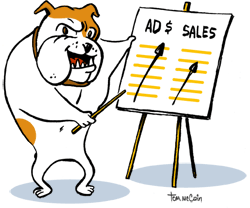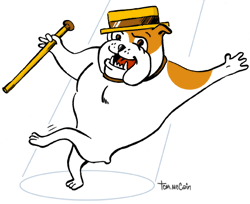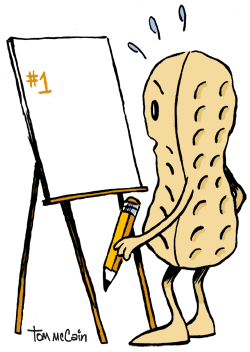
The impressions you make can have a lasting effect on your career as well as the success of your marketing campaigns. Make a poor internal impression and you may never have the resources to succeed at the external part. Here’s a list of things you can do to make the best internal and external impressions.
Internal
- Speak with true knowledge about your customers and markets.
- Demonstrate your ability to capitalize on customer data.
- Know your competitors intimately—strengths, vulnerabilities, etc.
- Cut programs that don’t work—show no favoritism beyond positive results.
- Reallocate money to the best performing channels.
- Be able to cost justify more expensive channels that perform.
- Make a solid case for automation and other investments that improve efficiencies.
- Set and communicate short-, mid- and long-term goals—there will be a tomorrow.
- Make your plans flexible—think best and worst case scenarios.
- Collaborate with the team (accounting & operations people, too)—you’re all in this together.
- Show a willingness to learn and adapt.
- Communicate your program successes.
External
- Show your customers that you identify with their situation.
- Be less promotional and more personal.
- Communicate how your products or services provide added value that will help them.
- Make customers feel comfortable, safe and secure about their buying decisions.
- Avoid price-cutting—it’s a losing strategy.
- Combine data mining with personalization techniques to customize offers.
- Pay attention to customer communication preferences—now is not the time to give anyone a reason to tune you out.
- Integrate channels that make sense for your customers and your message.
- Execute messages appropriately for each channel—integrated marketing isn’t one-size-fits all.
- Make sure your print materials are environmentally responsible—people still care.
- Invite customers to engage with you in more ways.
- Get more mileage from your campaigns by incorporating pass-along and other techniques that get your customers working for you.
![]()
 Ink. Digits. Chalk? Thumbs up to the owners of Limestone Coffee & Tea (Batavia, IL) for their chalk promotion during the community’s recent Windmill Fest. Located in a high-traffic area, the retailer posted a chalk-written sidewalk promotion for a free coffee or tea with any drink purchase if you bring a friend. And an entry-way promotion offered 10% off any frozen drink during the festival. The promotion is fun, nostalgic and very cost-effective.
Ink. Digits. Chalk? Thumbs up to the owners of Limestone Coffee & Tea (Batavia, IL) for their chalk promotion during the community’s recent Windmill Fest. Located in a high-traffic area, the retailer posted a chalk-written sidewalk promotion for a free coffee or tea with any drink purchase if you bring a friend. And an entry-way promotion offered 10% off any frozen drink during the festival. The promotion is fun, nostalgic and very cost-effective.
![]()
By Larry Bauer

 The Great Recession presents an excellent opportunity to examine the relevance of your tagline. How you position yourself now and, equally importantly, as the economy improves has more significance than ever. Most marketing analysts believe that the unprecedented economic conditions are accelerating long-term marketplace changes.
The Great Recession presents an excellent opportunity to examine the relevance of your tagline. How you position yourself now and, equally importantly, as the economy improves has more significance than ever. Most marketing analysts believe that the unprecedented economic conditions are accelerating long-term marketplace changes.





